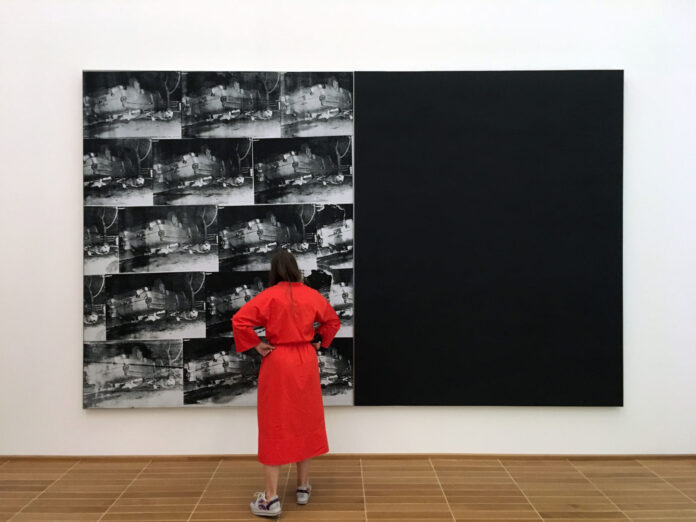
Andy Warhol majorly used repetition to communicate his ideas. He successfully employed this technique with a range of subjects over the years. The series started in 1962 and consists of a collection of around 70 slightly similar works. The artist used the element of repetition in Death and Disaster to bring out both motivated and non-motivated purposes of art.
Warhol began the series in 1962 and depicted tragedies and disasters as reported by the police or seen in newspapers across the United States. The source material was police photo archives and newspapers. The images typically enlarge the portrayed tragedies and disasters.
From his Death and Disaster series, Andy Warhol clearly brought out the motivating functions of art: art for propaganda, political change, communication, entertainment, and others. At the same time, the work also brings out the non-motivational functions, including rhythm and balance, the instinct for harmony, the expression of imagination, the mysterious experience, symbolic, universal communication, and ritualistic functions.
Analysis
Andy Warhol’s commentary on the the repetition of seeing these disasters over and over again. With our access to social media and the internet, we are exposed to this a lot more than historically so. How has the public responses to these new events changed? Are we more desensitized to the horrific disasters? Are we less likely to do something about it than historically? How has social media impacted the way we respond as a whole? While we have greater access to the news than ever before it means that we are aware of more mass casualties happening around the world. How can we make people empathetic again?



